Gabriela and Stefani Stoeva won the Orleans Masters and propelled themselves into contention to qualify for the BWF World Tour Finals, as the new tour format starts to show some major differences in how second-tier events are valued.
By Don Hearn. Photos: Badmintonphoto
For 10 years, the Badminton World Federation (BWF) held a big-money season finale to its World Superseries and invited only 8 players or pairs per discipline, based on their performances in just the 12 Superseries events in one calendar year. Starting in 2015, they added a wild card to ensure the World Champion or Olympic gold medallist would be included but players who had been winning big in the Grand Prix Gold events and new pairs forced to accumulate points in the lesser events were routinely passed over in December when the BWF sent out its invitations for what has been a million-dollar tournament in the past four years.
But that was then. Now, with the regulations for the new BWF World Tour, predicting the 8 qualifiers for the year-end contest has become both more difficult and more interesting. Points were added on Thursday from last week’s Lingshui China Masters, and together with the Orleans Masters from a few weeks ago, the early standings are showing a very different complexion from last year.
The most obvious difference is the number of tournaments that will figure into the qualifying calculations. The Superseries standings always counted more than the regular BWF World Rankings, simply totalling the points from all 12 tournaments in the Superseries. A player’s BWF World Ranking, on the other hand, is based on only the top 10 results out of all events a player had played, which could sometimes be as high as 30 in one calendar year.
Now come the BWF World Tour rankings – a.k.a. the HSBC Race to Guangzhou Ranking – which will count as many tournaments from the BWF World Tour as a player plays, plus any points from the BWF Tour (an orphan category which includes only the ‘Super 100’ events such as the Orleans and Lingshui Masters). This means a maximum of 33 events – given that there are 37 events but 4 weeks where Super 100 tournaments are concurrent with other events; however, this is only in theory. In practice, no player has played all 8 of the tournaments that have so far contributed to the standings.
A close second in terms of the differences between the Superseries standings and the BWF World Tour standings is the range of events counted. Last year, you could win a Superseries event and get 9200 points toward qualifying for Dubai or you could win 11000 points by topping the podium at a Superseries Premier but those were the only two types of tournaments that counted. Now, you can win 5500 points at a Super 100 or 12000 points at a Super 1000 and it will still help you on the road to Guangzhou and a shot at the US$1,500,000 prize purse at the World Tour Finals (WTF).
Cui bono?
The beneficiaries of the new reckoning are in two basic categories. The first are those who participate primarily in the slightly lower-tier events, whether it is because they are closer to home, easier to qualify for, or simply easier to win. For example, shuttlers in the Americas have a Super 300 and a Super 100 event and have had as many as 1 Grand Prix Gold and 4 Grand Prix events but they have never had a Superseries, nor is there a Super 500 or above this year.
Similarly, in Oceania, there are two Super 300 tournaments in 2018 and no other World Tour events. Even in Europe, there were only 3 of the 12 Superseries events there last year, but 7 of the 10 European events that will contribute points toward qualifying for Guangzhou would not have been counted in 2017.
Tinn Isriyanet and Kittisak Namdash (pictured) won the first BWF World Tour tournament, the Thailand Masters Super 300, but they ended up at #3 on the reserve list for the All England. Last year, that would have meant they would be way off the pace for qualifying for the season finale but this year, they are ranked #5 in the Race to Guangzhou World Tour Rankings. Only 2 of their 5 tournaments – or 5820 of their 21520 points – have come from tournaments equivalent to last year’s Superseries.
Bulgarian sisters Gabriela and Stefani Stoeva (pictured top) do not, at #12 in the BWF World Rankings, have any trouble qualifying for major tournaments but they certainly have more luck getting to – and advancing in – the lower tier events. They only made it to Asia 6 times out of their 18 tournaments in 2017 and they never made it past the second round in a Superseries. However, they are #6 on the list for Guangzhou so far and they’ve only played one event above the Super 300 level.
The other group that might benefit are new pairings or players returning from injury. It is quite common for doubles pairs to swap partners after a big event like the Worlds, Olympics, or Sudirman Cup and in the Superseries system, they were left trying to qualify with points from sometimes half the tournaments. The new system will make it easier for a new pairing to make up for missing the first part of the season by excelling at autumn Super 100 or Super 300 tournaments.
What might have been
The BWF World Tour has only had 8 instalments out of 37 so far, including the 2 Super 100 events, so it is too early to read too much into the current standings. However, it might be interesting to look back at last year’s Superseries and see what the Dubai line-up would have looked like if the 2018 rules had been in effect then. 2017 had 12 Superseries events that contributed points toward Dubai but if we wanted to think in 2018 terms, we would have to include the 13 Grand Prix Gold events and 5 Grand Prix events.
In the tables that follow, we can see the actual 2017 Dubai qualifiers on the left half, while on the right are shown the standings with Grand Prix and Grand Prix Gold results added in. The last column on the right shows the actual ranking in the 2017 Superseries standings. Shown in green on the right half are the players who would have been invited to Dubai last year if 2018 rules had been applied.
What we find is that most of the Dubai qualifiers would be the same under both systems. In fact, in the case of women’s singles, only Zhang Beiwen (pictured) of the U.S. would have moved into the top 8 if her 30,000 non-Superseries points had been added in. She would have displaced He Bingjiao, who played no Grand Prix events.
Women’s and men’s doubles would have had 3 alternative qualifiers if Grand Prix points had been included. The Stoeva sisters would have been among the 3 in women’s doubles, while two Chinese Taipei men’s pairs would have nearly doubled their points and bumped out their compatriots Lee/Lee, who were the sole Taiwan pair to win a Superseries title in 2017, and the island’s only representatives in Dubai last December. The men’s doubles comparison table is shown below. The others are at the bottom of this article.
The biggest leap in the standings belongs to Chinese Taipei’s Wang Tzu Wei (pictured below). He was 21st in the actual 2017 Superseries standings but had his three Grand Prix Gold runner-up performances been factored in, he could have ended up 4th and helped send Chen Long and Lee Chong Wei on early year-end vacations.
Mixed doubles illustrates one category well. Korea’s Seo Seung Jae and Kim Ha Na only got into the Superseries groove for the second half but although they hit the ground running in September with already two Grand Prix Gold titles to their names, they were still starting from scratch as far as Dubai qualification was concerned. Had this year’s rules been in force last year, they would have been the top non-Chinese pair to qualify for Dubai.
Not so good for the gander
Obviously, we can’t read too much into the comparisons shown in these tables. Clearly, if players are keen to pursue the record prize money in Guangzhou next winter, they may well elect to play more Super 300 or Super 100 than they might have in previous years. However, eschewing the top events and going after the lower-hanging fruit in the lesser tournaments may work for the Stoevas and others but that isn’t true across the board.
The Bulgarians still have a freedom in choosing their events that is not enjoyed by all of the contenders. Doubles players in the top 10 at the end of last season – and singles players in the top 15 – have been classified by the BWF as ‘Top Committed Players’ and are being forced to compete in all 8 Super 1000 and Super 750 tournaments, and 4 of the 7 Super 500 events. What’s more, they are being prohibited – on threat of deduction of ranking points – from competing in too many Super 300 tournaments unless they play in all 15 events from the 3 higher tiers, a condition that virtually no one is on track to meet. (see more on these rules here)
Now, the Stoevas could find themselves re-classified and facing some restrictions as of the halfway point this year but so far, they can play the events they want to without fear of disciplinary action from the world body. In fact, from among those currently on the top 8 in the Race to Guangzhou, 3 singles players and 10.5 doubles pairs are not yet on the ‘Top Committed Player’ list.
With most of the top events in the tour still to come, it remains to be seen how competitive shuttlers can be by picking up 5500 points here and there at a Super 100 when the top players will get almost the same just for reaching the second round of the Indonesia Open. By and large, we likely still see the cream rising inevitably to the top and the wild card system will at least ensure that whoever wins in Nanjing in August will also have a ticket for Guangzhou 4 months later. But look for one or two dark horses will make their way into the season finale through hard work, consistency, and/or a whole lot of time on the road.
![BWF Tour – Every little bit helps on the Road to Guangzhou Gabriela and Stefani Stoeva won the Orleans Masters and propelled themselves into contention to qualify for the BWF World Tour Finals, as the new tour format starts to show some […]](http://www.badzine.net/wp-content/uploads/ngg_featured/20180401_1349_OrleansMasters2018_BP018701_rotator.jpg)
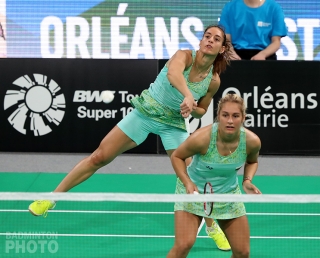
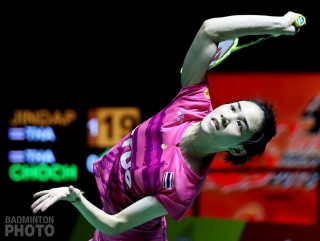
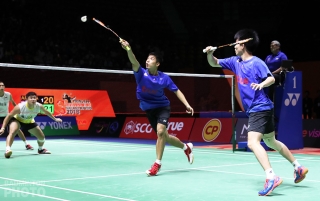
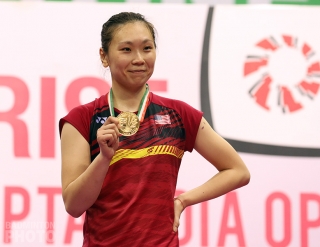

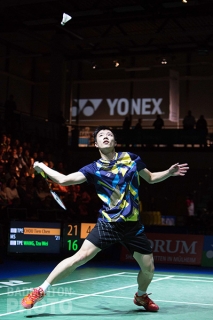
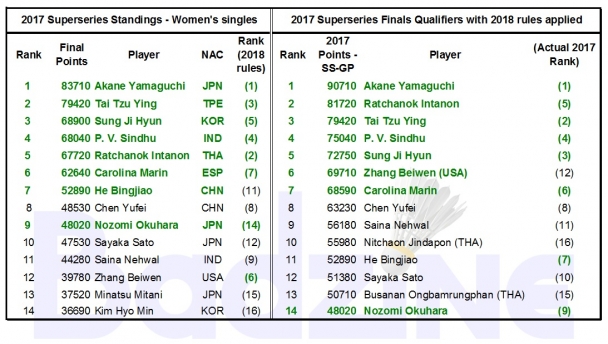
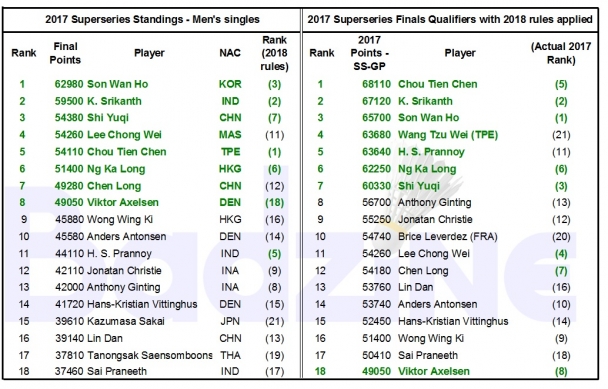
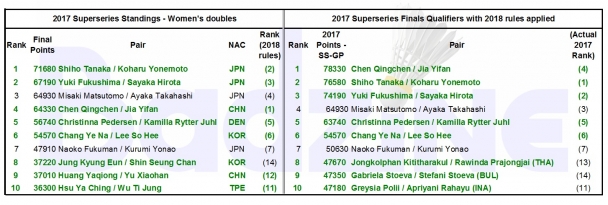
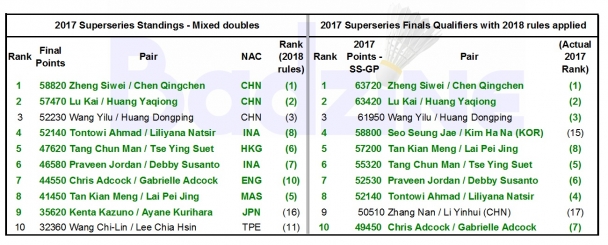

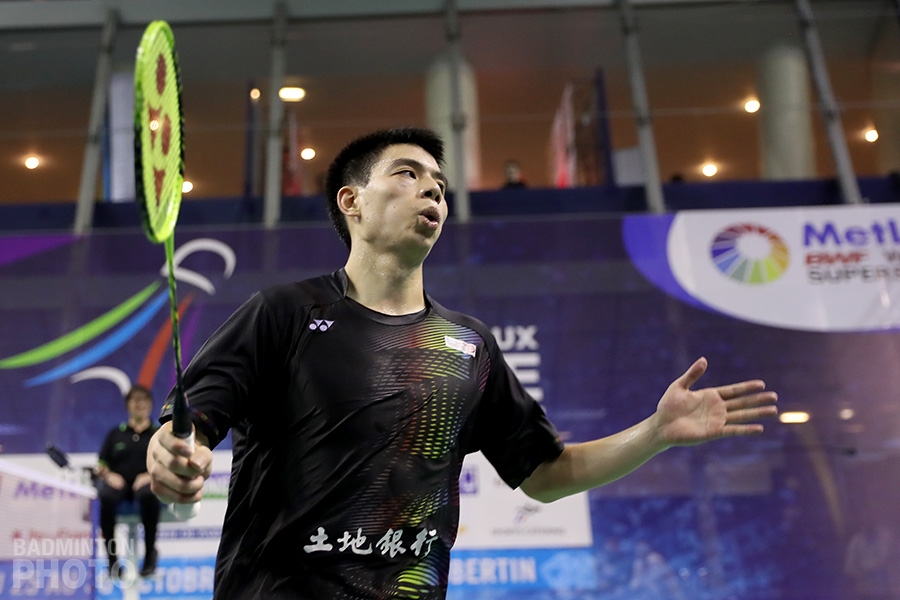
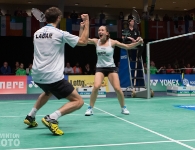
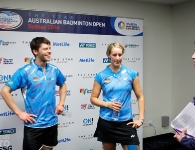
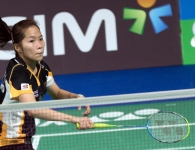
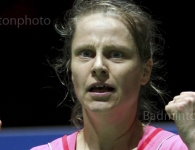

Leave a Reply